









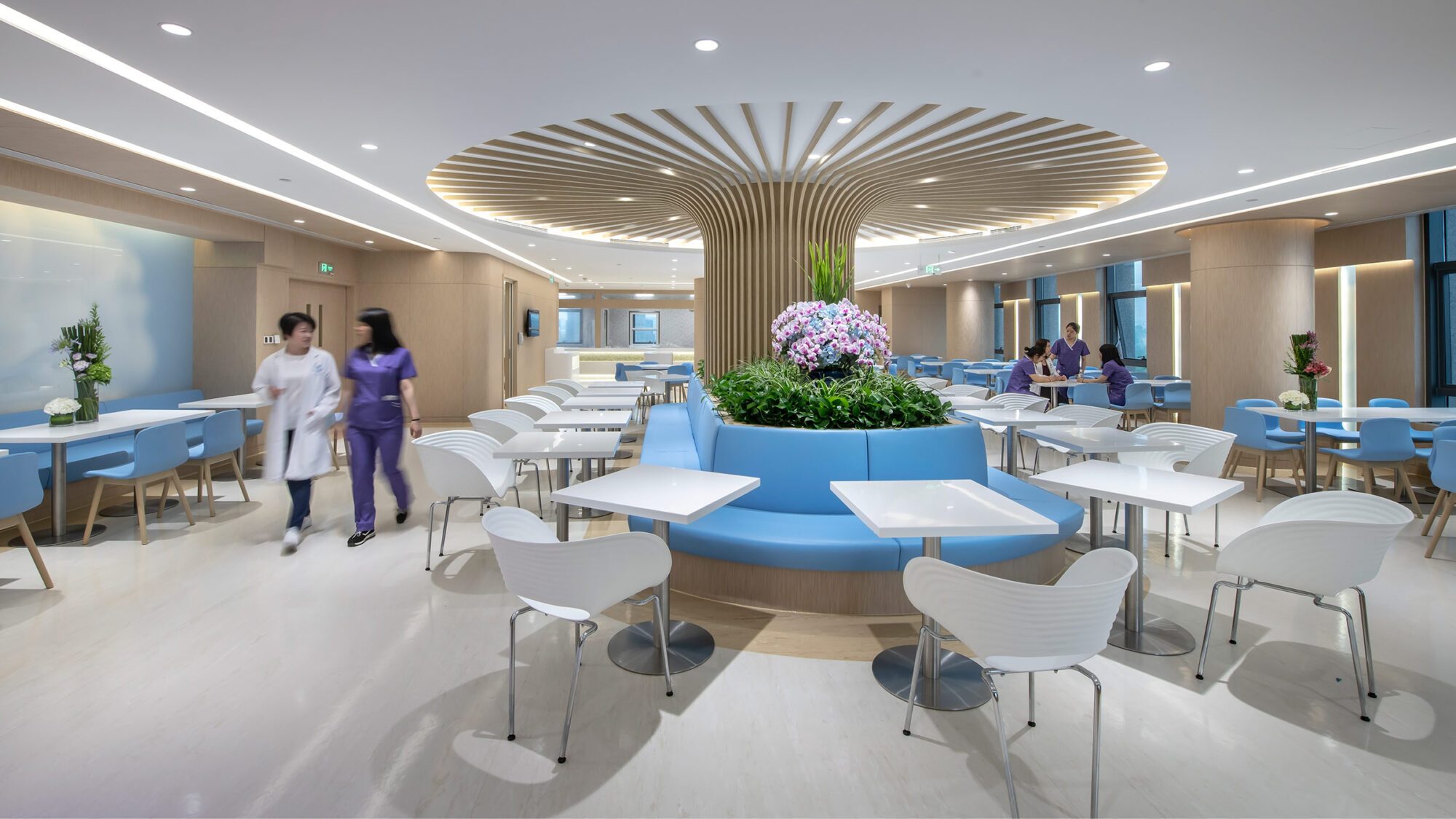
The medical experience goes far beyond aesthetics. Healthcare design is changing to improve the experience for patients.
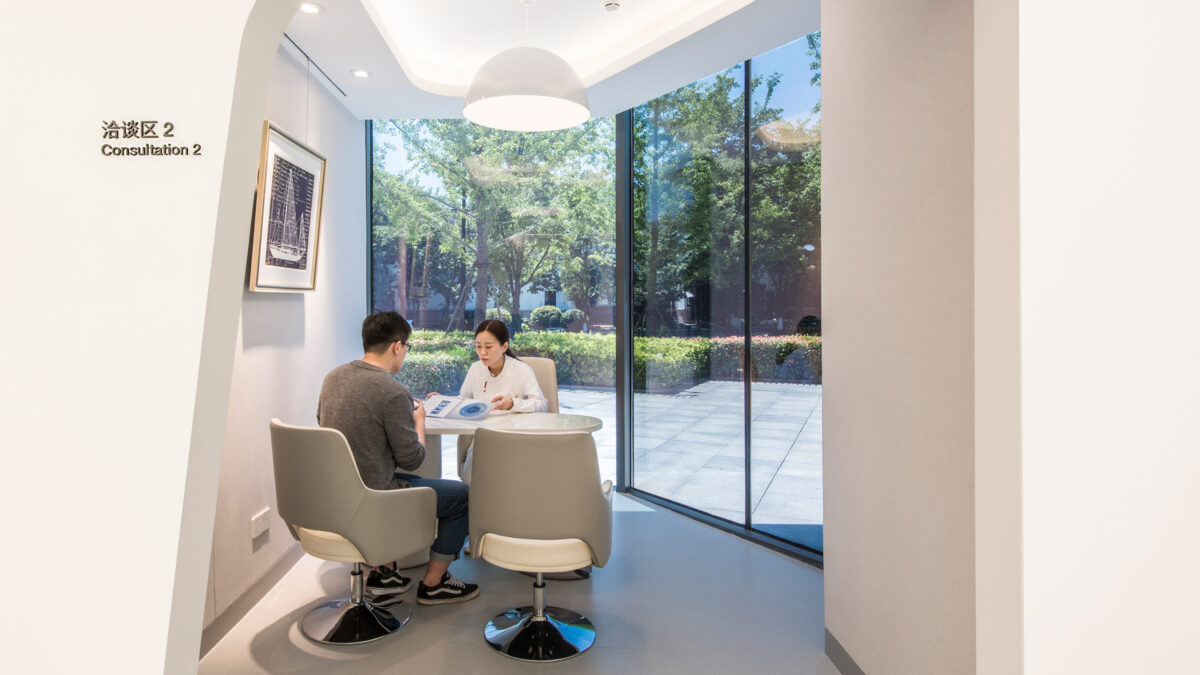
Healthcare is experiencing rapid transformation. These changes include new legislative reforms, technological innovations and also medical practice changes. But how are these changes affecting institutions and their people?
Traditional design models were once simple. Design providers would offer the same design to different hospitals. Because of this less time was spent understanding what makes each of those institutions unique. Each hospital has its own values, concerns and desired design. This is based on their history, experiences and culture.
As a new ways of looking at spaces developed, a new approach to healthcare design formed. It would put institutions and also individuals interacting with the space at the heart of the medical experience.
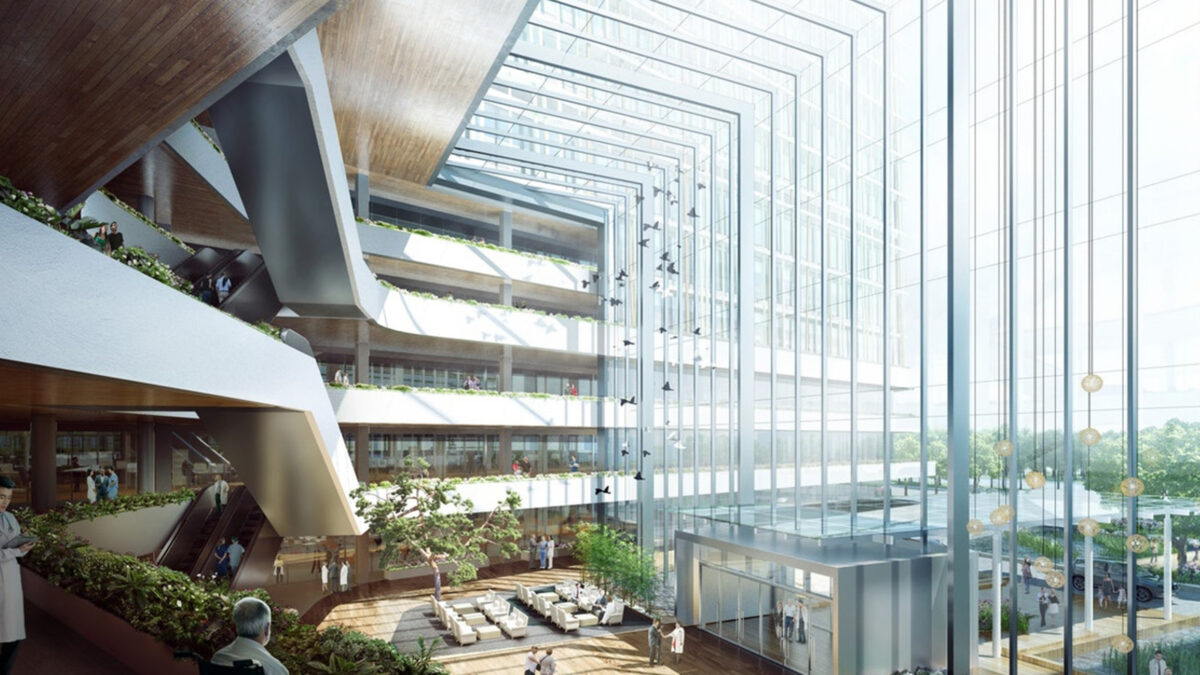
Healthcare facility design is unusual to commercial, educational and hospitality spaces. Visitors entering a hospital bring feelings of anxiety and panic. Institutions can accommodate people in their best and worst conditions through a patient-centred design. The term ‘patient-centred design’ is frequently used by the media. It involves considering all emotions of a patient as they experience a space. So the aim is to take the fear out of the experience. This would therefore ultimately ensure their medical care experience is as easy as possible.
In short, healthcare design isn’t just about creating a beautiful space. It needs to improve the efficiency of an institution’s operations. The environment must also provide comfort to people. However this is particularly difficult in China where hospitals are very large sizes. Therefore the quality of service is also harder to manage.
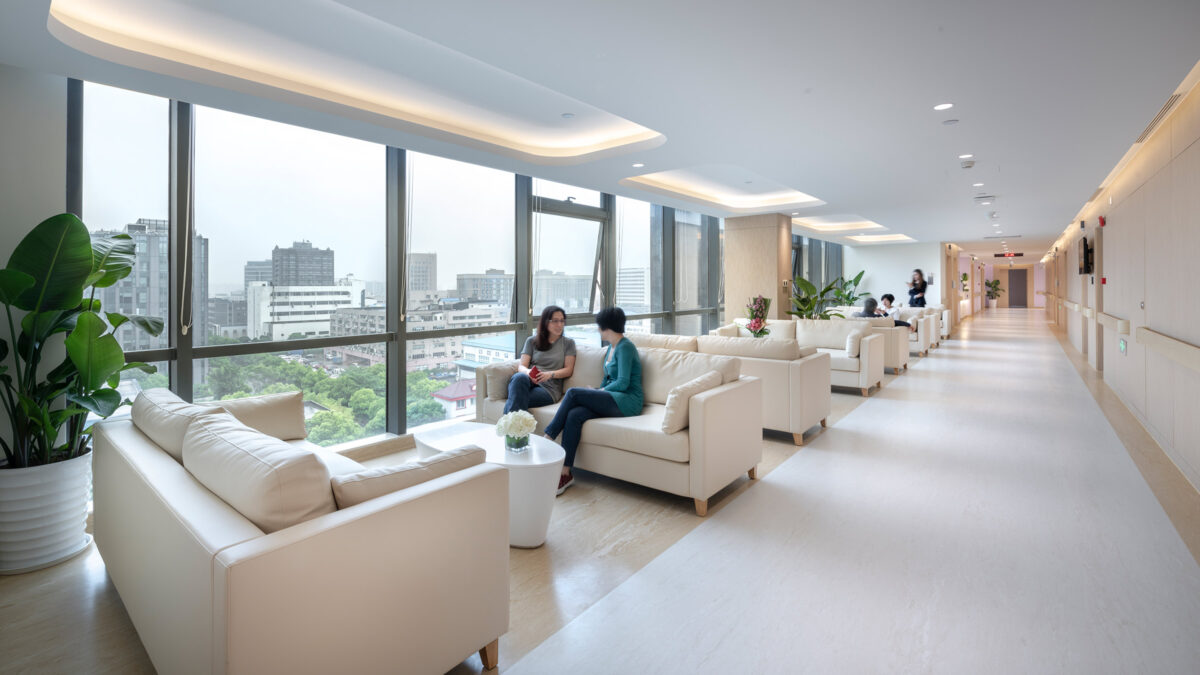
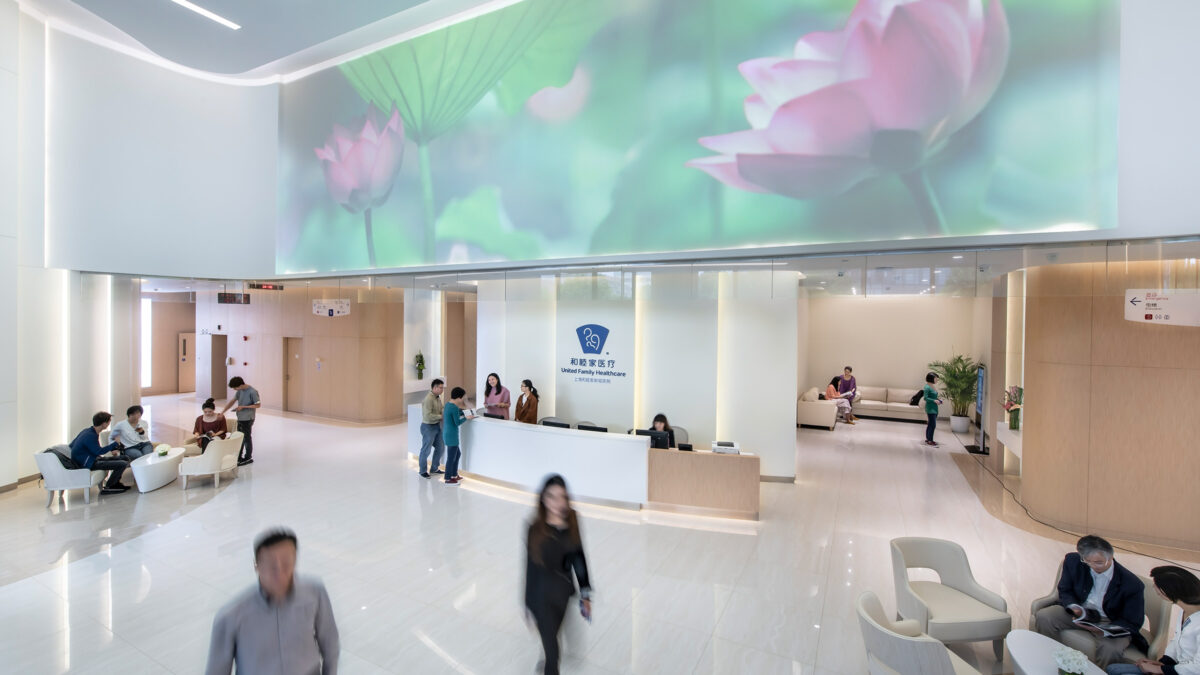
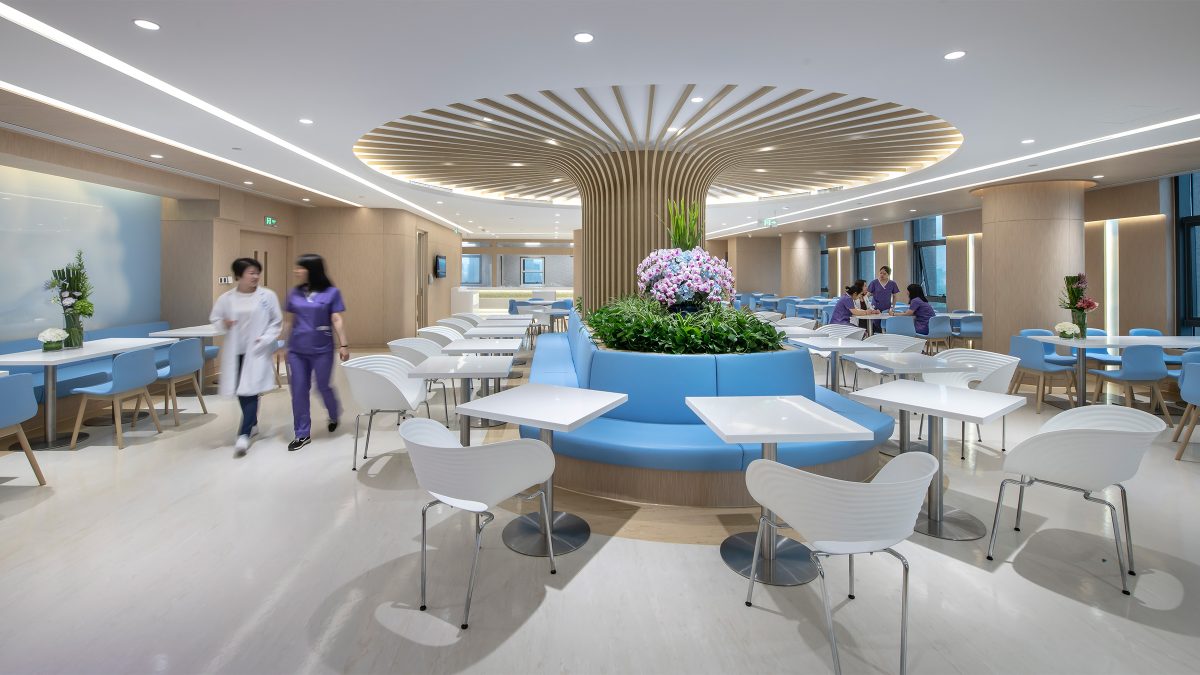
Patient-centred design can be a guiding principle. M Moser have demonstrated this by designing a new hospital environment of international standards for United Family Healthcare in Shanghai. This environment provides a more human-centric medical experience.
We evaluated every aspect connected to quality, patient safety and operational cost. After that we devised a flexible and component-based design solution tailored to the unique needs of the hospital.
In short, healthcare projects take time. They require more transparent communication and engagement between designers and healthcare providers. Hospital administrators and policymakers also need to be included in discussions to ensure that all design-driven decisions are made to benefit patients.
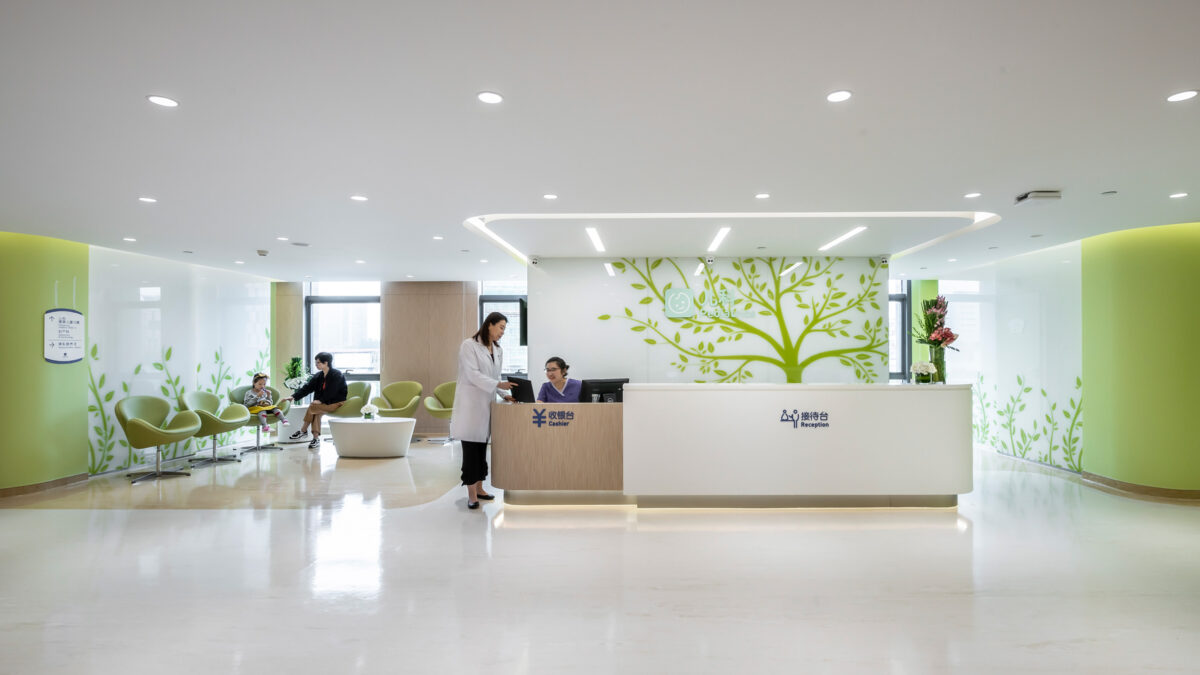
M Moser has years of experience designing environments for people that enhance productivity and foster meaningful connections. We have replicated its expertise in the healthcare industry. There is a connection between the design and a patient’s ability to heal. So the success of a hospital project goes beyond its aesthetics and goes to the root of the patient’s experience.
Ultimately, putting people at the heart of the experience and collaborating with all partners involved in the process enables us to create environments that enrich lives. By doing this we can work towards a better future.
Director, Healthcare Design Lead